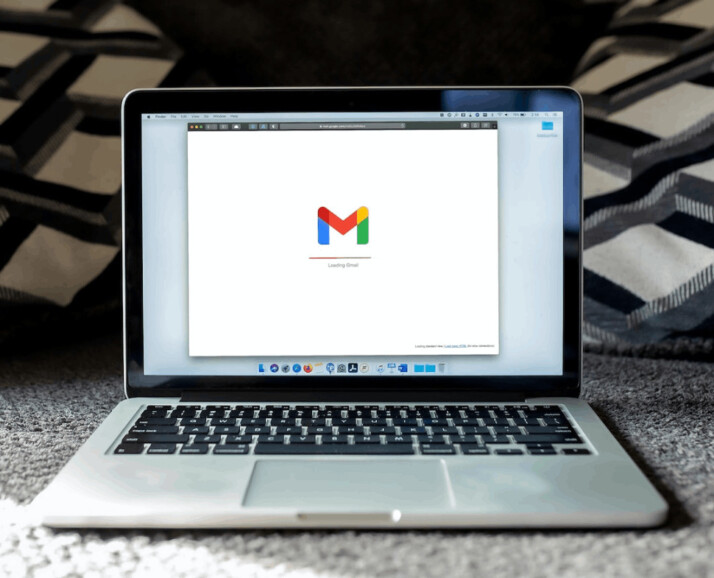Email press releases are vital for getting your message out and driving attention to your brand. But writing effective ones can often feel like a daunting task.
If you want to write better email press releases that capture your readers’ attention, this free guide is just what you need! We show you exactly how to write an email press release. From choosing the right tone and structure to optimizing headlines and calls to action, we will help you write better email press releases.
Get ready to take your email press release game to the next level!
How to Write an Email Press Release?
Writing an email press release can be tricky, but it doesn’t have to be. With the right skills, you can craft an effective email press release that will capture readers’ attention and drive more engagement.
Determine the Structure and Tone
The first step in writing an email press release is to determine the tone and structure of your message. Aim for a professional and conversational tone that reflects your personal experience and expertise while remaining clear and concise.
Use varied sentence structures, including short sentences and long ones, to keep things interesting. And don’t forget to include at least one uncommon word per sentence to give your press release some extra oomph!
Use a Compelling Headline
Next, come up with a compelling headline for your email press release. This should capture readers’ attention immediately and make them want to learn more about your brand. Make sure the headline accurately conveys the main point of your press release without being too “salesy” or over-the-top.
Use Factual and Relevant Examples in the Body

When crafting the body of your email press release, use factual examples to illustrate your points whenever possible. These examples should be relevant to your message and help demonstrate why your company or product is worth talking about.
Additionally, try to inject a bit of emotion into your writing so that it feels like it was written by a human.
Include a Call to Action
Finally, don’t forget to include a call-to-action at the end of your email press release. This could be anything from asking people to visit your website to encourage them to sign up for a free trial of your product. The goal here is to entice readers to take action, so make sure your CTA is well-thought-out and easy to understand.
By following these simple steps, you’ll soon be able to write better email press releases that get results. So what are you waiting for? Get started now and take your email press release game to the next level!
Final Thoughts
Before you create a press release, you will have to plan it out. Make sure you understand the audience you’re reaching out to and have a clear goal in mind to drive the press release.
Your goal should be actionable. Avoid using broad catchphrases in the press release, and hit on one specific result or goal you want your audience to reach. With all the tips in this article, you should surely know how to write an email press release now.
Explore All Write Press Release Articles
Guide to Writing Effective Press Release Quotes
Organizations use press releases whenever they have essential information to pass on to the public. Apart from the headline and…
Introducing Your New Brand: Press Release Sample
As a business owner or marketing expert, it’s essential to have a clear and effective way to communicate new developments…
Writing A Fashion Press Release (With Unique Examples)
Are you looking to launch your fashion brand? Or your next clothing line? Then you need all the attention your…
Guide to Writing Great AP Style Press Release
A press release typically announces an organization or individual’s significant event or development to the media. It is written in…
Guide to Writing an Effective Book Press Release
A press release is a fundamental marketing tool that promotes anything newsworthy. It’s a common approach used in mass media…
Free Guide: Effective UK Press Release Writing
A UK press release involves a different approach from other press releases. A few subtle differences warrant a distinction, not…
